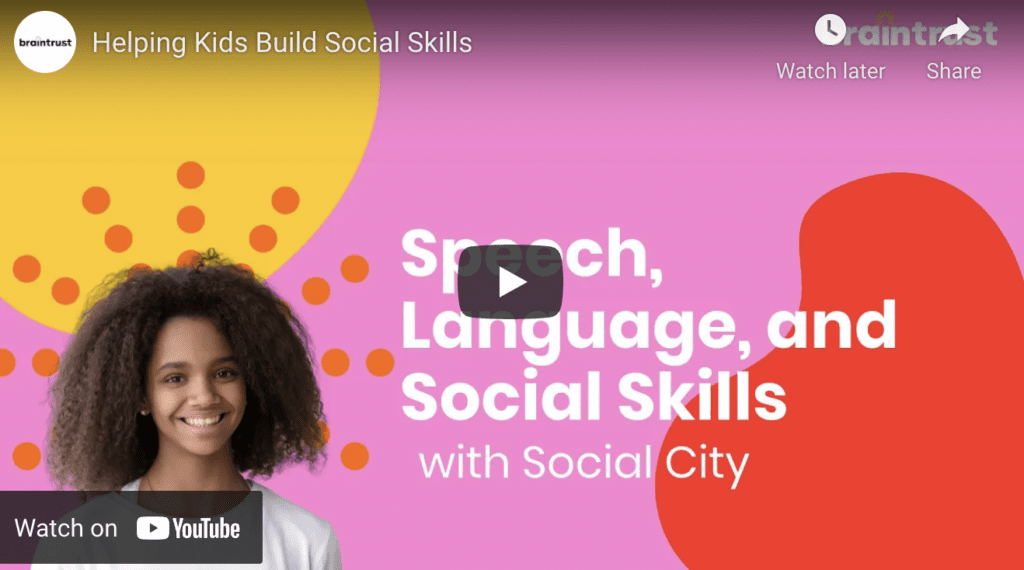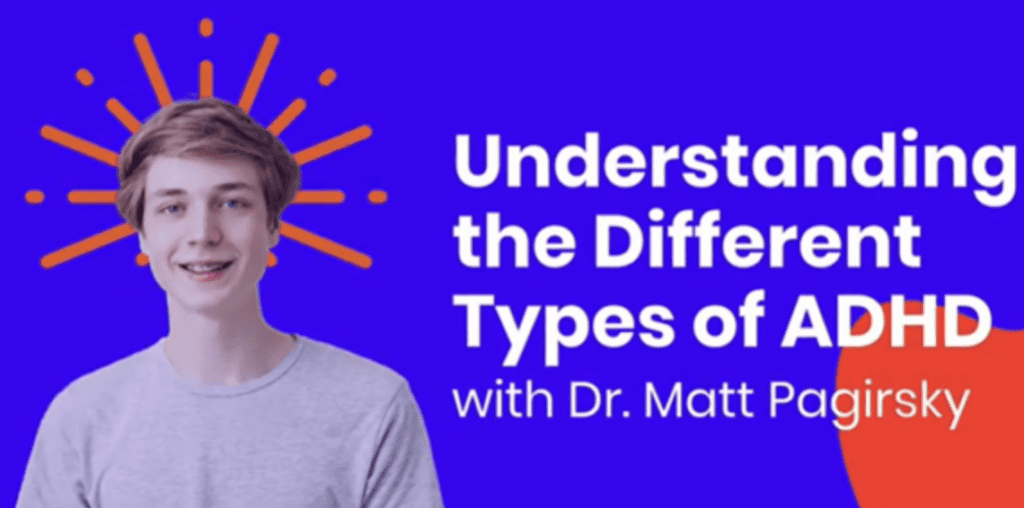
Teachers give tests to get a picture of students’ progress and skills. Similarly, teachers of lower grades assess students’ reading to find their “just right” level. This information is crucial for identifying any gaps in decoding, fluency, or comprehension. You may want to know your child’s reading level so that you can be in the loop about their reading progress. You may also want to know what steps, if any, to take at home to help your child grow.
How do teachers find students’ reading levels?
Reading levels are determined through a tool called running records. When administering a running record, the teacher sits with one student at a time. The teacher has a book chosen, and will usually give the student a sentence or two of background, show them the cover, and read the title to them. They ask the student to read some or all of the book out loud as the teacher marks their accuracy. This includes misread words, mispronounced words, the child’s fluency, level of expression, etc. Some teachers time students on their reading, some don’t.
When the student has finished reading the book, the teacher will ask comprehension questions to determine the child’s level of understanding. These questions often belong to one of three categories: within-the-text, beyond-the-text, and about-the-text. Within-the-text questions deal with information that the student only needs to recall. If they were paying attention to what they read, they should be able to answer these questions successfully. Beyond-the-text questions assess how well students can think critically about the text by making inferences, drawing connections, etc. About-the-text questions deal with text structure, text features, and author’s purpose. If the student scores within a certain range, then that is their “just right” level. If they score below the range, the teacher retests on a lower level, and if they score above the range, they retest on a higher level.
How important is my child’s reading level?
As far as the teacher is concerned, reading levels help to adequately plan reading instruction, so teachers can help students progress. It is important for you to be informed about whether your child is reading on, above, or below grade level. That information may or may not be best relayed by telling you your child’s exact level. However, it is not always necessary for the student to know their level themselves. There may be cases where it is helpful to tell the child his or her level. If the student is frequently drawn to books that are far too easy, knowing their level and giving them access to books that are labeled accordingly will ensure that they are choosing books appropriately. In other cases, telling students their levels can often be counterproductive. Some students get so caught up on their level that it actually prevents them from making real progress.
The Bottom Line
Teachers need to know students’ reading levels in order to instruct appropriately. You may want to know your child’s level, but don’t be too concerned unless they are reading well below grade level. In this case, the teacher will probably discuss options for remediation with you, or using assistive technology. Even then, it’s best not to make a big deal out of reading levels, especially in front of your child. Becoming a reader is about finding joy in reading, not reaching a higher level. Students should choose books based on what interests them. As long as the books they choose are appropriately challenging (not too easy and not too many words they don’t know), then they are on the right track.




